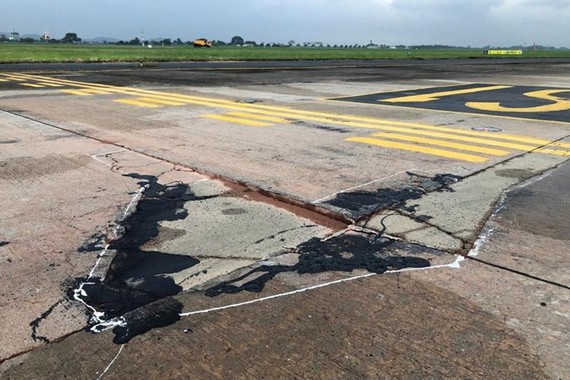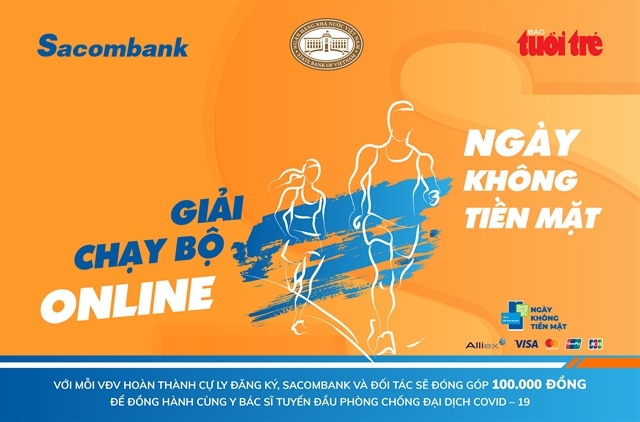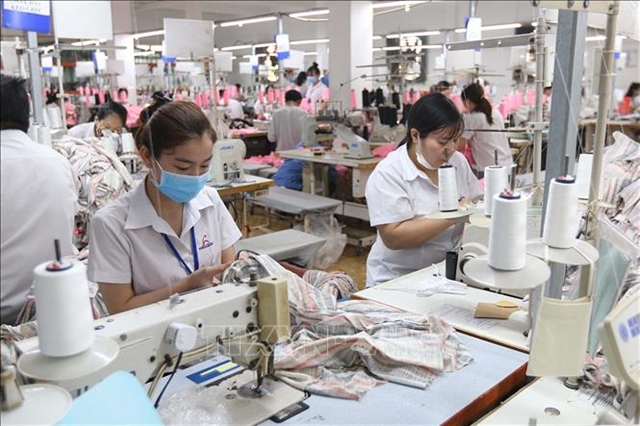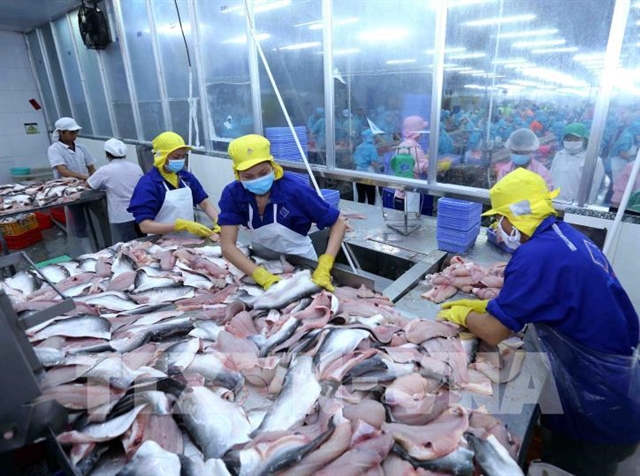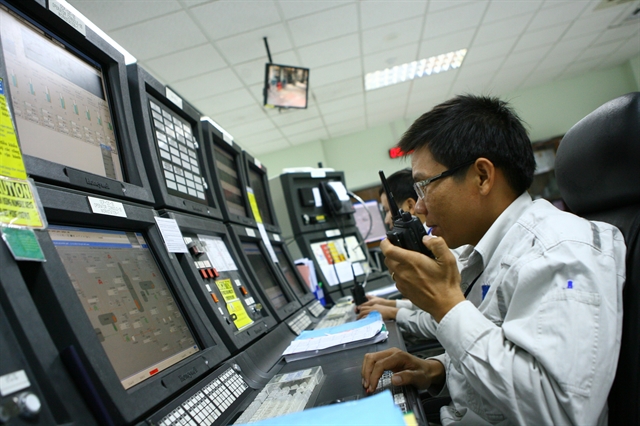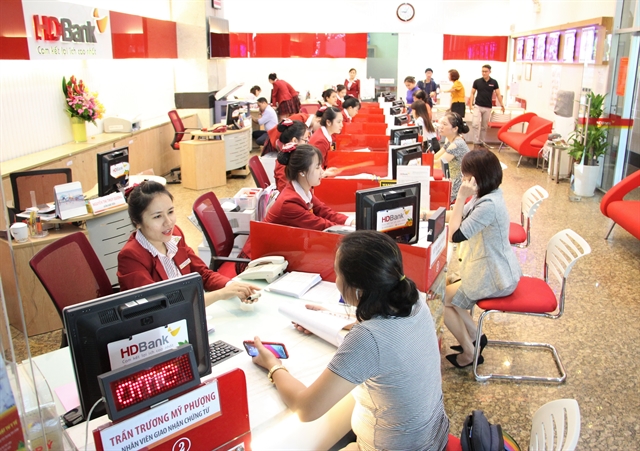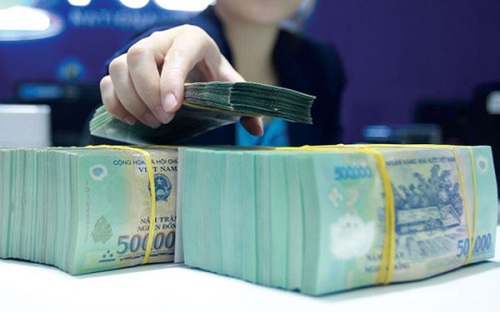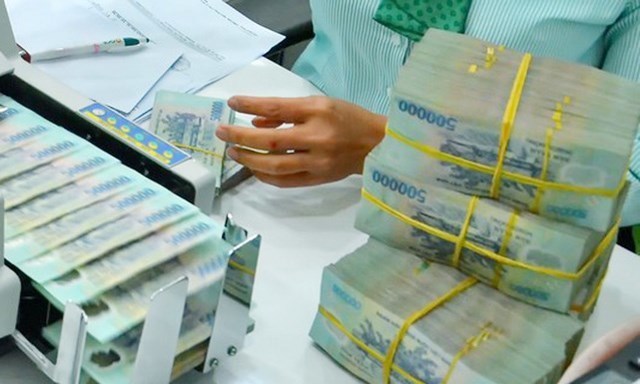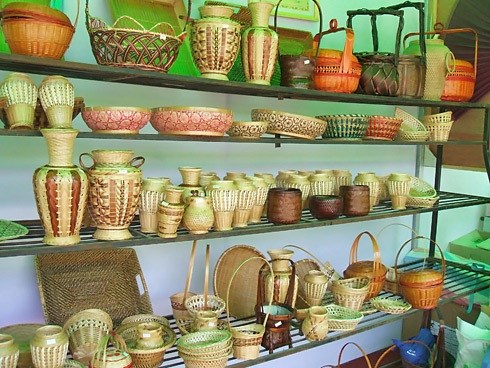
HÀ NỘI — Experts have said that traceability is a challenge for Việt Nam to boost export handicraft products to the EU in the future.
When the EU – Việt Nam Free Trade Agreement comes into effect, Việt Nam's handicraft products cannot enter the EU market if they do not meet requirements in traceability.
"We have a lot of difficulties in completing procedures to get certificates of origin (C/O) because we do not have enough invoices and documents," Nguyễn Thị Lương, Director of Hiền Lương Bamboo and Rattan Export Co, Ltd., said to the Nhịp cầu đầu tư magazine (Business Review).
Lương said local businesses face difficulties in implementing traceability for their products because the material supply chain has too many small suppliers and households who have no valid input invoices.
Việt Nam has few suppliers of chemicals and materials with certificates in the supply chain of the handicraft industry.
The suppliers have too many commodities and diversified manufacturing processes so they also face difficulties in the following traceability.
The handicrafts are not essential goods, but demand for these decorative products is increasing in developed countries, according to the Việt Nam Handicraft Export Association (Vietcraft).
"The global market has a huge demand for handicrafts, worth a total of US$100 billion, but Việt Nam accounts for only 2 per cent,” said Lê Bá Ngọc, Vietcraft vice-chairman.
The traceability issue is challenging the growth of the domestic handicraft industry with about 1.5 million workers and a total export value of about $1.7 billion per year, Ngọc said.
At present, the Government aims to develop the national traceability system, he said. This is a great policy but the system may take 5-7 years to develop. Therefore, the handicraft export enterprises could not take advantage of the EVFTA.
Meanwhile, Vietcraft has encouraged local enterprises to systematise the supply chain from communes. This way forces enterprises to reorganise the material supply system, he said.
Local enterprises need to have enough knowledge about this issue according to the market demand. That would help them boost handicraft exports to other countries, especially to the EU that has strict requirements.
Việt Nam has exported its handicraft products to 163 countries and territories worldwide, including rattan and lacquer products. However, the handicraft export value to the EU market has been low, of which the export value to Germany accounts for 8 per cent of the total and 7 per cent to France. Therefore, Việt Nam has great potential in exporting handicrafts to the European market. — VNS

